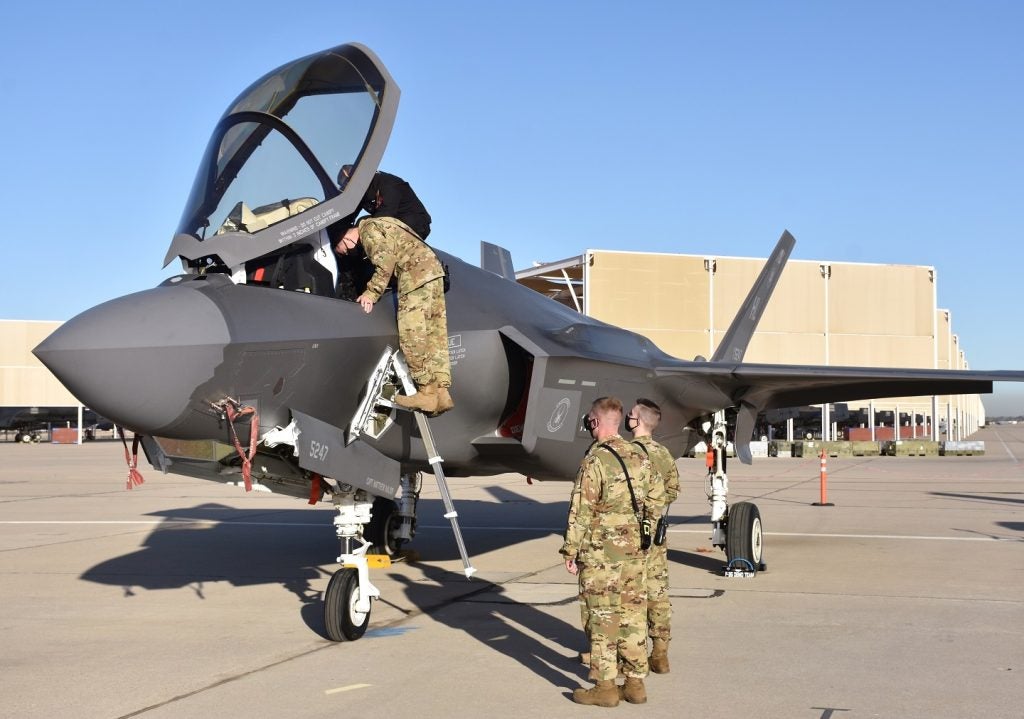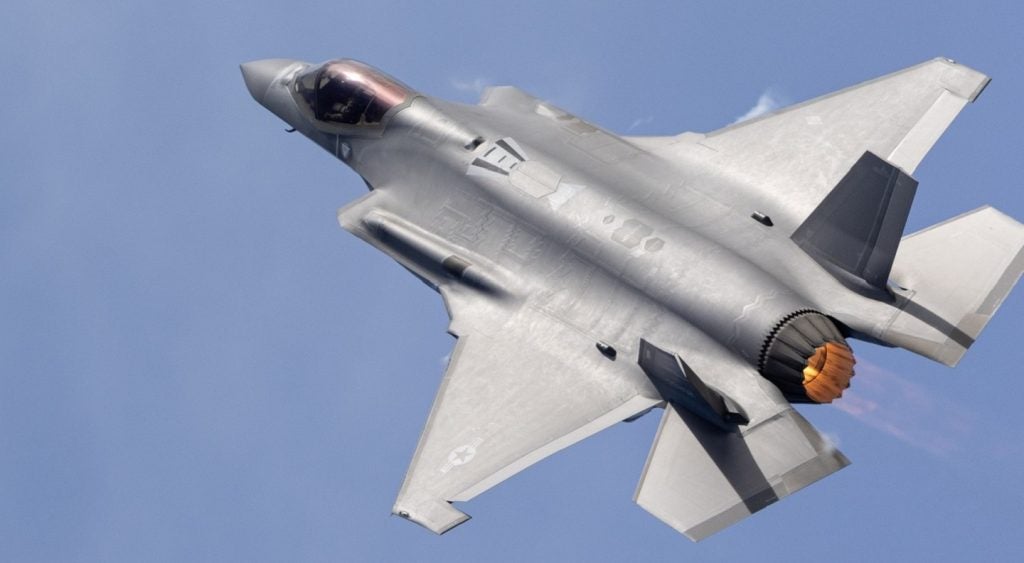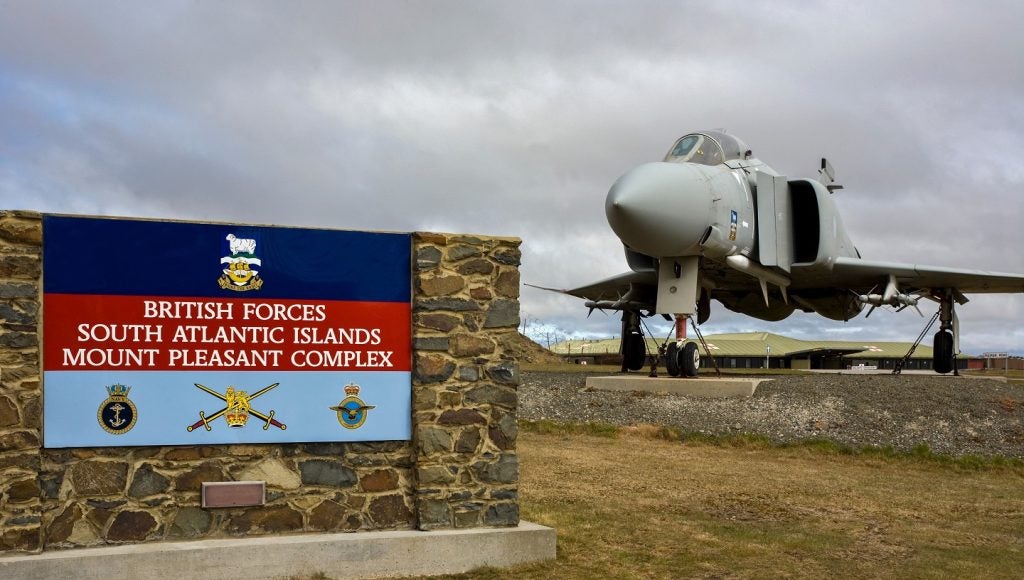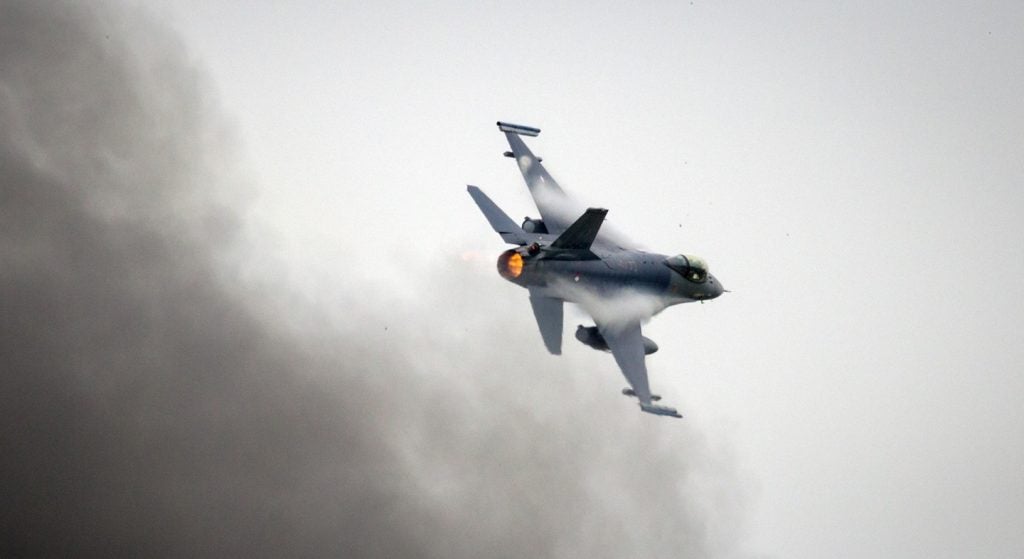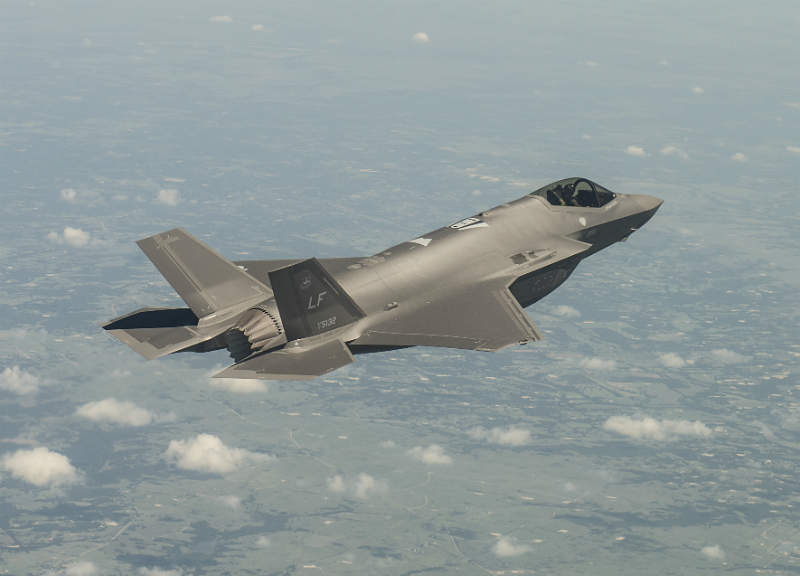
In March, it was revealed that the United States Air Force (USAF) may cancel orders for as many as 590 Lockheed Martin F-35A jets – a third of its planned fleet of 1,763 – due to long-term cost issues. The news that one of the world’s best pound-for-pound fighter jets may be too expensive to operate and maintain in its current form comes at a critical juncture in its evolution. In April, F-35 flight test programme concluded System Development and Demonstration testing, a major milestone.
Since 2006, the Joint Strike Fighter programme’s Integrated Test Force have notched up more than 17,000 flight hours across 9,200 flights testing the aircraft’s various mission and weapons systems. In September, the jet fighter is set to begin up to a year of rigorous combat testing that, if successful, would trigger full-rate production as soon as late 2019. In its spending plans for the current fiscal year, Congress has already agreed to bankroll 90 jets, 20 more than were originally requested.
According to the US Government Accountability Office (GAO) “there is little doubt” the F-35 “brings unique capabilities to the American military, but without revising sustainment plans” the military “is at risk of being unable to leverage the capabilities of the aircraft it has recently purchased.”
“Right now, we can’t afford the sustainment costs we have on the F-35 – and we’re committed to changing that,” Undersecretary Ellen Lord, the Pentagon’s top weapons buyer, stated in January.
Operation and maintenance: the F-35’s $1 trillion problem
The US Department of Defense insists it now has a handle on costs – projected to be around $406bn – for developing and producing a fleet of 2,456 F-35s for the USAF, Navy and Marine Corps. However, it is in the sphere of operation and maintenance that the F-35 is in danger of becoming prohibitively expensive. The Pentagon’s independent cost unit estimates that the bill for keeping the F-35 Lightning II fleet in the air and maintained through 2070 may be to the tune of an eye-watering $1.1tn.
Crucially, half of the operations and support expenditures – including programme management, depot maintenance, part repair, software maintenance and engineering – are thought to be tied to Lockheed Martin’s costs. The remaining bill, an estimated $3.8bn a year, is footed by the USAF. However, the internal Defense Department analysis paper obtained by Bloomberg notes that the Pentagon has only “limited visibility” into how Lockheed Martin spends that money as a contractor.
How well do you really know your competitors?
Access the most comprehensive Company Profiles on the market, powered by GlobalData. Save hours of research. Gain competitive edge.

Thank you!
Your download email will arrive shortly
Not ready to buy yet? Download a free sample
We are confident about the unique quality of our Company Profiles. However, we want you to make the most beneficial decision for your business, so we offer a free sample that you can download by submitting the below form
By GlobalDataThe air force says it is collaborating with the Pentagon’s F-35 programme office with a view to reducing the aircraft’s operation and support costs by 38% through 2028 from the $38bn calculated in 2012. For its part, Lockheed has responded by taking steps to improve F-35’s readiness and repair costs, including expanding the supply chain, purchasing spare parts ahead of demand to boost availability and achieve economies of scale, and investing in diagnostic and data analytics technologies.
“We are taking aggressive actions to improve F-35 aircraft availability and reduce sustainment costs,” Bridget Lauderdale, Lockheed’s vice-president of F-35 global sustainment, said.
“As the sustainment system matures and the size of the operational fleet grows, we are confident we will deliver more capability at less cost than legacy aircraft,” Lauderdale said in a statement.
Is the F-35 Joint Strike Programme under threat?
So, is the US military establishment finally running out of patience with the F-35 after a decade of testing and $60m of investment? The answer, at least in the short-to-mid term, appears to be ‘no’.
Responding to Bloomberg’s report, USAF spokeswoman Ann Stefanek said that no final decision had been made. The potential reduction in aircraft was a “staff assessment on aircraft affordability,” she said. “It’s premature for the Air Force to consider buying fewer aircraft at this time.”
“We’re going to be buying these aircraft for a number of years, so it’s way too early to be talking about any curtailment of any procurement or any buy,” confirmed Chief of Staff Gen. Dave Goldfein.
Another vote of confidence in the F-35 project came in late April with Lockheed winning a year-long, $1.4bn contract to sustain the global F-35 enterprise for the US military and international customers.
To date, more than 280 F-35s have been delivered and operate from 15 military bases worldwide.
The $1.4bn contract – around 73% of which will be paid by the US Marine Corps, Air Force and Navy, and the remainder by international customers – covers the following: air system maintenance, pilot and maintainer training, depot activation, sustaining engineering; Automatic Logistics Information System support, data analytics and predictive health management; and supply chain logistics.
In April, Vice-Admiral Mat Winter, director of the F-35 programme, said all three versions of the warplane will drop below the $100m mark once the plane goes into full rate production.
Smart investment: F-35 defects and long-term costs
Despite this, the issue of long-term operation and support cost remains unresolved, one of many controversies, including parts shortages, unavailable aircraft and technical issues, to dog the F-35. In April, the Pentagon revealed it had stopped accepting new jets over a disagreement about who pays for costly repairs to fix problems that went undetected during the manufacturing process. At the time of writing, the Pentagon had pledged to fix 966 ‘open deficiencies’ with the F-35 Joint Strike Fighter before it goes into full production in response to a recent report by the US GAO.
In its report, the GAO said, “In its rush to cross the finish line, the [F-35 Joint Programme Office] has made some decisions that are likely to affect aircraft performance and reliability and maintainability for years to come.”
The GAO defines Category 1 deficiencies as ‘those that could jeopardize safety, security, or another critical requirement,’, – an example being an issue with the pilot’s helmet-mounted display – and Category 2 deficiencies as ‘those that could impede or constrain successful mission accomplishment.’ The report cited 111 Category 1 and 855 Category 2 deficiencies.
Uncertainty around expenditure threatens to undermine the economic viability of the F-35, including the UK, which is buying 138 of the Marine Corps version for use on Royal Navy aircraft carriers. The UK MoD is reportedly happy with the overall performance of the aircraft – built to be stealthy and smart, the Joint Strike Fighter incorporates 8 million lines of code – but has questioned whether operating such an expensive and complicated platform represents value for money in the long term.
Stephen Lovegrove, the permanent secretary of the UK MoD, told reporters in March that he’d be discussing the “slightly unknown territory” of future costs in meetings with F-35 programme officials.
Lovegrove summed the problem up thus: “I am constantly being asked by parliamentarians in the UK what the total cost is going to be and they are sometimes, understandably, a bit frustrated when I have to tell them, ‘At the moment nobody is entirely sure’.”



